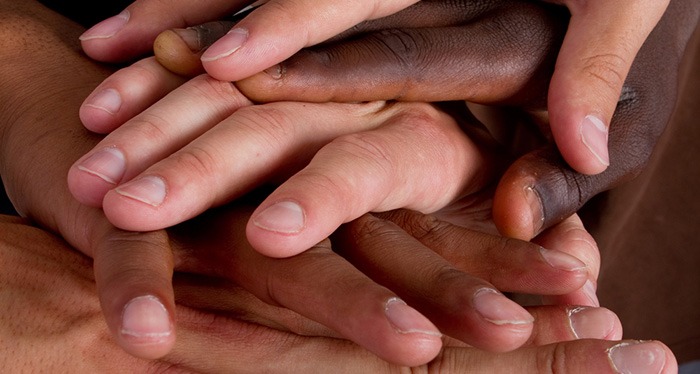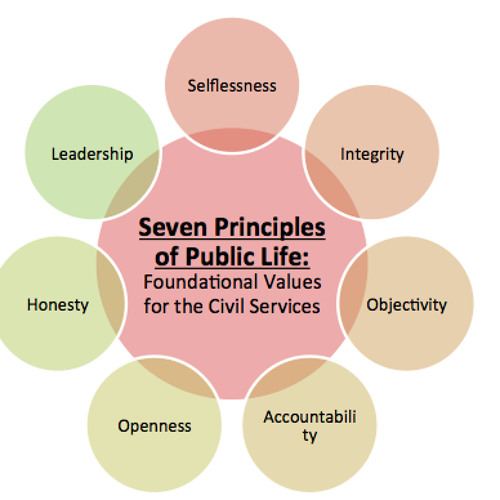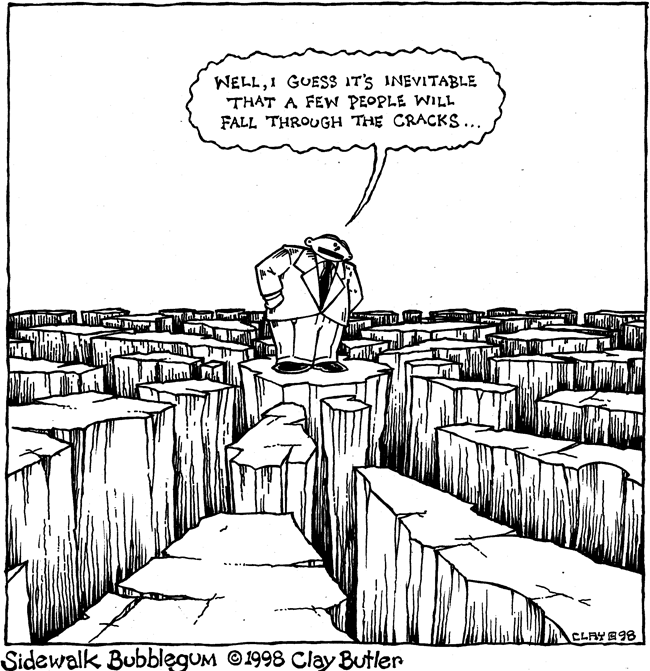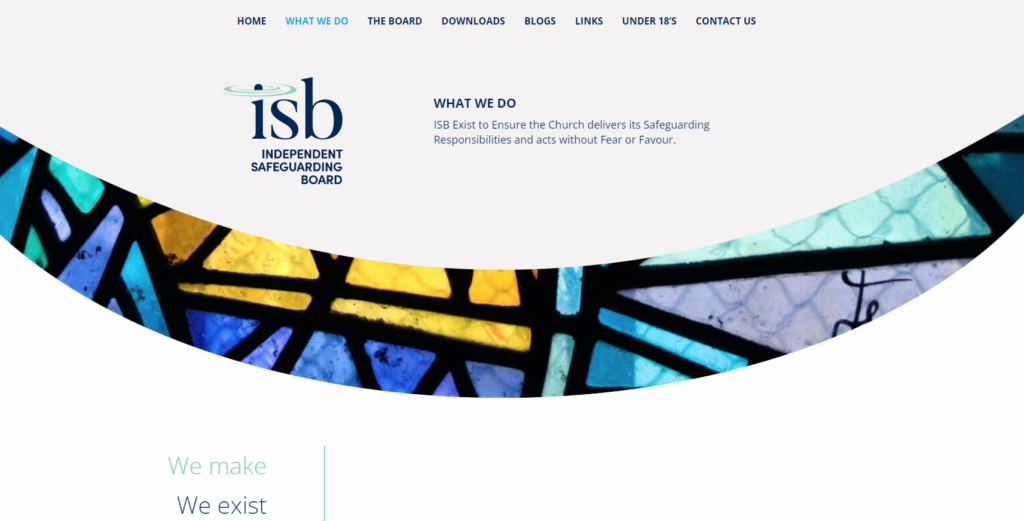
From time to time I look back over my life and thank God for people and institutions that I have been able to trust and rely on. As a child I learnt that many friendships with those of my own age could be extremely fickle. A friendly face one day could change into a scheming bully the next. Life taught me that you had to be on the alert for the frequent changes of mood in the children around you so you could adjust your response accordingly. In contrast to these constantly changing moods of my contemporaries, the world of adults offered an opening to something much more stable. It is among these adults, or a number of them, that there were some who were prepared to befriend a child and help in the task of interpreting a confusing world. Parents, however good, could never answer all the questions one had about life. I remember the proprietor of an antique shop who for years tolerated my browsing through his wares even though I was not in a position to buy anything. Then there was an old man who sat day after day near our playground and welcomed conversation and the sharing of his wisdom. The elderly of the 50s were all Victorians and they provided a glimpse of another world, one without cars or machines. The existence of terrible disease and shorter life-expectancy seemed somehow to be partly compensated for by a strong moral order and decency in society.
It is this cohort of adults who offered friendship to me when I was a child to whom I owe an enormous debt Some were teachers, some clergy and some were random people I met elsewhere, even on the bus or train. Yes, I was allowed on occasion to travel on a bus alone at the age of 5 with two old pennies in my clutched hand to pay the fare. Adults, known or unknown, were a breed that my young self saw as a resource for help, friendship or information. There were obviously places that were off-limits but fortunately my overall sense of trust in the stranger was never betrayed. Others of my generation will no doubt look back to their childhood and also remember a sense of overall security with adults who had not been through anything resembling our safeguarding training. There was an inbuilt wisdom in the child that knew that accepting sweets from someone who was a stranger was somehow risky. We also knew that in a crowded place, the vast majority of the adults present were on one’s side and would react instantly if a child showed signs of fear or discomfort.
I could go on to describe particular people that helped me gain a perspective on life and provided the mentorship within an environment of trust that was so important when eventually making the choices I made about the future. I am aware from the perspective of today that I may have sometimes been in risky situations. There were, no doubt, dangerous adults who used more relaxed attitudes and access to children for their own nefarious purposes. Fortunately for me, at any rate, the freer atmosphere between adults and children did provide the many benefits of knowing and interacting with a wide range of people. Growing up in this pre-safeguarding era may have had some dangers, but for those whose trust was not betrayed by deviant adults, there was a sense of a society of people who were generally good, friendly and looking out for us.
I mentioned the existence of trust in the minds of most children that coexisted with a sense that grownups were a breed on your side for the most part. There were also trustworthy institutions like the corner shop, the public library, the church, the school and the doctor’s surgery. Each represented to the child the wider society, one which had predictability and security. It comes as something of an unpleasant shock to discover how far the general public have withdrawn from trusting these same institutions and those who work for them. The results of a recent survey which suggests that trust in society’s institutions has severely diminished over the decades. This contrasts with the positive way that many of us experienced them as we grew up actively trusting both people and the institutions of society. One might have hoped that the Church had retained some of its traditional standing It would appear that the Church of England elicits the same diminished amount of trust and confidence as our political parties. The figures are well below 50%. Other institutions like the police and schools have also seen their standing downgraded in the eyes of the public. The decline of trust in the C/E is striking, even alarming. The one institution still attracting our loyalty and confidence is the National Health Service, though it remains to be seen whether this trust will survive the Letby scandal and the results of midwife failures in parts of England.
The Church of England, in losing a large amount of the goodwill that it used to enjoy a few decades ago, faces a crisis. The trust that a clerical collar used to attract to itself can no longer be taken for granted. Indeed, there are many places in society where the dog collar invites ridicule and/or hostility. What are the reasons for this diminishment of trust? There are probably a number of reasons we could bring forward. Some of them are particular to the Church, while others relate to a distrust of institutions in general. Safeguarding scandals that have reached the public domain have obviously poisoned attitudes among many people. It is not a single scandal that creates a change of atmosphere. It is in the way that people see a scandal-racked institution which appears to do nothing obvious or effective to change the situation. The Church of England employs quite a large number of people to manage its reputation both nationally and locally. When these professionals merely repeat formulaic words about learning lessons and tightening up protocols and no one in the organisation ever resigns or accepts any responsibility, the public is not going to be impressed. The horrors of abuse and the incredibly damaging cover-ups that follow have poisoned attitudes to the church institution. Can we really be surprised that trust in the Church has fallen to levels that now threaten its very survival as a national institution?
In a blog post as short as this I cannot solve the problems of the C/E in a few words. I can, however, point to a few principles that could help to rebuild trust above its miserable trust score of 38% before it is too late. One of the most important aspects of the Church is that it finds much energy as a body when it successfully relates to local areas. It tries hard to employ people who are recognised as honest and trusted within their local patch. Forty years ago we used to hear the slogan: Small is beautiful. We need a rediscovery of this principle and relearn that large complex but anonymous structures are not what most people hanker after. The mega-church has little to offer an elderly person who remembers a parish church where all were valued and all had a place within the whole. The Church must be a place where the traditional values of trust and honesty are highly honoured. People must find in their local church not only a sense of safety and trust but the opportunity to discover their giftedness for love and service. The church should become a place where all ‘know even as they are known’ – to misquote St Paul. Honesty, transparency and justice are all values that everyone wants for the Church, both those within and those looking in. If we can rediscover these simple moral truths to replace power games, secrecy, greed and emotional gratification, then the Church might once again connect with the British people.
These thoughts are written with a sense of nostalgia for the possibility of living in a society and a Church where trust is taken for granted. Perhaps it is an unrealistic dream to have, but we can still hold out the thought that it should be possible to find it in a group familiar with the teaching of Jesus. The greatest frustration for any Christian is to see dishonesty and failure of trust becoming endemic among Church leaders. In another area of society – politics, there is the constant cry of citizens is to find politicians who genuinely serve their constituents and not themselves. Such figures do appear on the scene from time to time but all too easily they seem to be outnumbered by those on the make. Can we not expect the ethical honesty we ask of politicians to be found among our church leaders? It should be a simple matter to find Christ-like values in a Christian organisation but somehow even that assumption of goodness still seems often to be absent!








